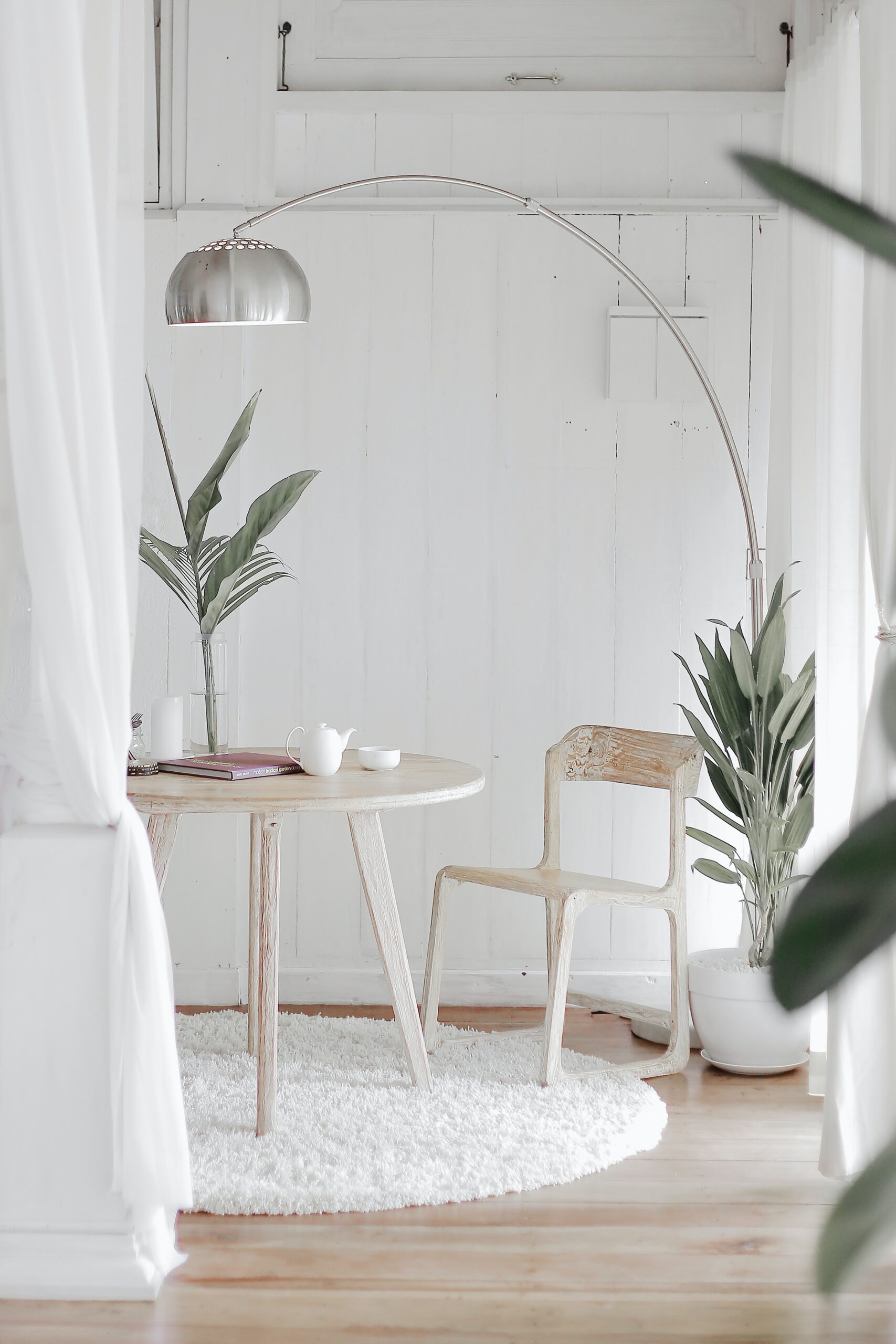Minimalism comes with misconceptions as well as stigmas. It’s easy to forget that it’s a lifestyle that works for you. Aside from the ‘image’ it may portray, it’s an attainable lifestyle. Whether a large family or an unusual lifestyle, it can easily be shifted to fit your values and way of life.
minimalism has rules to follow
There’s no rulebook or a strict set of standards to follow to be considered a minimalist. That’s the beauty of minimalism. You find what works for you, your lifestyle, and your goals for living minimalist. And, as your life changes so can your rules.
Don’t get me wrong, experimenting with different challenges and rules can be a great experience opening your mind to new ideas and ways of living. Some people experiment with different ‘rules’ such as having a capsule wardrobe or living with less than 100 items. But, this is not the only way to be a minimalist. I wouldn’t take these rules to the point that you restrict yourself or are turned away from this lifestyle.
It’s truly personality-based. If you’ve got a competitive spirit and love a challenge, then these ‘rules,’ standards, or challenges can keep it fun. However, you must find what works for you and your lifestyle, rather than worrying about what doesn’t work or fit the ‘standards.’
I’ve gotten less competitive over the years and more intentional in my day-to-day lifestyle. I started with challenges and now enjoy the small, sporadic changes I’ve made towards minimalism. I look at it now as more of a journey rather than a goal to accomplish. It’s crucial to remember minimalism is about figuring out what you value most in your life and removing anything that doesn’t support these values.



minimalism is not for families
I started minimalism after becoming a mother. When I first adjusted my lifestyle and started decluttering, I was frustrated because it didn’t look like the ‘minimalistic lifestyles’ I saw on social media. However, the majority of these people were young, single adults. I was living with a family; my fiancé, our two children, and myself. I wasn’t searching for other families living a minimalist lifestyle.
That’s why I stress minimalism as being unique to every person’s lifestyle and personality. There’s no ‘right way’ or ‘wrong way’ to be a minimalist. I found minimalism has improved my life and my kids. My son has shown more interest in playing on his own, with his toys, since downsizing how many he has.
At first, it was hard going through his toys and activities because I thought, “Am I depriving him?” But I can tell you now, after having him involved in going through which toys he wants to keep and which he wants to give away, he looks forward to donating them. And, with fewer toys, he’s more involved with the toys he has. He’s just as grateful now for less than he was when he had a vast amount.



minimalism is not for everyone
When I started my journey with a minimalistic lifestyle, I thought it was a ‘certain group’ of people. People who fit into a box of ideas or standards to make it ‘minimalism.’ However, I couldn’t have been more wrong. I quickly learned how uninformed I was and how unrealistic my mindset was about the lifestyle.
Minimalism is a mindset as well as a lifestyle. It’s a way of thinking, doing, and living with intention and purpose. Minimalism fits whatever life you’re living with whoever you’re living it with. Do you have kids? Great, so do I. Are you living on a tight budget? So am I. What about my art or (insert hobby) equipment? Keep it!
This is not a mindset or lifestyle that will limit you in any way. It doesn’t restrain the life you’re living. It does quite the opposite by giving you more time and energy to give to those passions you have and hobbies you love.





Join the conversation!